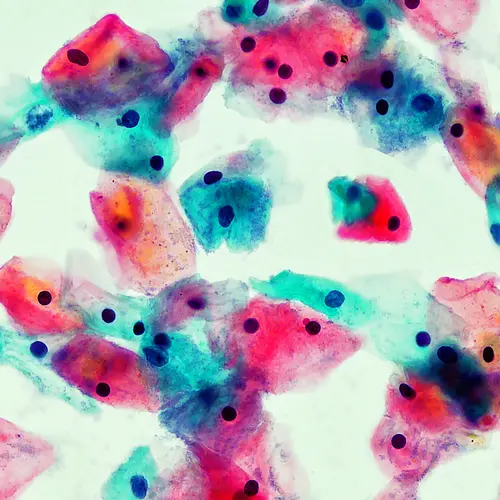It’s important to start cancer pain treatment as early as possible to get the most benefit.
The majority of people with cancer will experience pain at some time or another. The pain can result from the cancer itself, or from the cancer's treatment. In addition, some people who have been cured of their cancer can continue to suffer from pain.
Cancer pain, or the discomfort that stems from cancer and its treatment, can be controlled most of the time. There are many different medicines and methods available to control cancer pain. People who have cancer and are feeling pain need to inform their doctor immediately. The earlier pain treatment is started, the more effective it may be.
What Causes Cancer Pain?
There are many causes of cancer pain, but often cancer pain occurs when a tumor presses on nerves or body organs or when cancer cells invade bones or body organs. Cancer treatments such as chemotherapy, radiation, or surgery also may cause pain.
What Are the Symptoms of Cancer Pain?
The symptoms of cancer pain vary from person to person. The amount of pain may depend on the type of cancer, the stage or extent of the disease, and the person's pain threshold (tolerance for pain). Pain can range from mild and occasional to severe and constant.
What Medicines Are Used To Treat Cancer Pain?
Mild to Moderate Pain
Pain relievers: Acetaminophen (Anacin, Mapap, Panadol, Tylenol) and a group of pain relievers called nonsteroidal anti-inflammatory drugs (NSAIDs) such as aspirin and ibuprofen (Advil, Motrin) can treat mild to moderate pain. Many of these are over-the-counter drugs that do not require a prescription, but some do require a prescription. Patients should check with a doctor before using these medicines, especially if they are getting chemotherapy. NSAIDs can interfere with blood clotting, cause gastrointestinal and kidney problems, and may lead to an increased risk of heart attack or stroke.
Moderate to Severe Pain
Narcotic pain relievers: These drugs include codeine, morphine (Kadian, MS Contin), hydrocodone (Hysingla, Lortab, Norco, Vicodin, Zohydro ER), hydromorphone (Dilaudid, Exalgo), fentanyl (Duragesic), oxycodone (OxyContin), and tramadol. Narcotic pain relievers require a prescription and may be used along with mild pain relievers for moderate to severe pain.
Tingling and Burning Pain
- Antidepressants: Certain antidepressants are used to relieve pain even if the person isn't depressed. Amitriptyline and nortriptyline (Aventyl, Pamelor), and duloxetine (Cymbalta)
are antidepressants sometimes used to treat pain. - Anticonvulsants (anti-seizure medications): Despite the name, anticonvulsants like gabapentin (Horizant, Neurontin) and carbamazepine (Carbatrol, Equetro, Tegretol) are used not only for seizures, but also to control burning and tingling pain, painful symptoms of nerve damage.
- Other drugs: Corticosteroids such as prednisone (Sterapred) are used to lessen swelling, which often causes pain.
How Else Can Cancer Pain Be Treated?
Although cancer pain is usually treated with medicine, surgery to remove a tumor or radiation therapy to shrink a tumor can be used along with medicine to provide additional pain relief. In most cases, doctors treat cancer pain with pain-relief medicines called analgesics or with non-drug treatments such as physical therapy and rehabilitation, imagery, biofeedback and relaxation techniques. Other treatment options for cancer patients may include nerve blocks, which involve the injection of pain medicine into or around a nerve or the spine.

